An exhibition curated by Isabelle Arvers with the help of Pierre Corbinais with the blog Oujevipo for the indie games part and of Benjamin Fouquoire in retrogaming.
Are video games building our perception of reality or is our perception of reality that builds the imagination of video games? How much do video games affect and influence our imagination? What architecture of reality is induced by video games?
Games Reflexions is a game, video and photography exhibition, it tries to answer these questions. Games as a reflection of reality, games as the main focus for reflection, or mirror effects from one game to another or within the game (games that reference or parody other games) is what is explored in this exhibition. In the ways of Oscar Wilde in Decay of Lying, Games Reflexions is an essay about games as an imitation of life or life as influenced by our game experience.
Evolution
Games are a way to portray reality, but how much and how far does it go?
The history of gazing and the different ways of representation seem to repeat themselves from century to century. The ‘flat’ world of the Middle Ages transformed into a world of perspectives during the Renaissance, then was followed by the artists’ search to reproduce the real, which ended in the 19th century with realism. Photography came and put a stop to this pursuit of truth and likeness, which resulted in the appearance of abstraction, constructivism, cubism and minimalism. The transition from 2D to 3D images in video games seems to follow the same evolution. A world without perspective gradually gives way to a world with many dimensions.
However, in this pursuit of realism, it seems like the 3D image is lost into wanting to look just like the real, wanting to imitate it, in its appearance but also in its movements. The image becomes hyper realistic, it is magnified, smoothed, cleaned, so clean that it almost becomes unreal. The game reflects life, but offers a built reflection. And it is this reflection that influences our way to see and imagine what surrounds us.
It is these ways of representation – which evolve with the technologies – that interest us. What do they teach us about what we see? How do they influence our perception? This exhibition presents the evolution of graphics in video games while giving access to games that are created from this frantic quest for realism, imitation of reality. For the synthetic image allows us to abstract ourselves from reality and propose forms or impossible worlds like in Escher’s architectures. Some video games venture there and one of the goals of this exhibition is to make the public discover it.
Nowadays technologies are more accessible. The game engines that help develop games are less expensive and allow the opportunity for a greater number of proposed projects – outside the big commercial corporations – with a greater freedom related to the different representation modes. It gives way to a revival or pixel art games, ASCII, cubist or even geometrical. It gives more room to imagination and reflection: as if the mind could fill the spaces between the pixels, the voids, the geometric shapes.
Game as a reflection of reality
Parallel, Harun Farocki diptych video, traces 40 years of graphic development in the fields of animation and video games. Parallel shows how the representation of reality evolved alongside the evolution of technology: processors, graphics rendering capability, colour management. From a representation based in points, dashes, and character strings in the 60s and 70s, we evolved in less than a decade into the representation made with pixels – small squares that put one against the other to eventually form images. It was not until the 90s and the 32-bit consoles that polygons appeared, and that the representation moved from 2D to 3D.
Artists
Scintillations. Sabrina Calvo, 2013
Parallel. Harun Farocki, 2012
Carjacked. Coll.eo, 2013
Flying and Floating. Robert Overweg, 2011
Retrogames
Breakout, 1976
Adventure, 1979
Microsurgeon, 1982
Weird Dreams, 1988-1989
LSD : Dream Emulator, 1998
Indie Gmaes
Year Walk. Simogo, 2012
Candy Box. Aniwey, 2012
Shelter. Might and Delight
Punksnotdead. Zak “mooosh” Ayles
Hugpunx. Merrit Kopas
Cathode Rays. Christoffer Hedborg
Furiosity. Bart Bonte
Mirror moon
Side Quest. Jordan Wilson
Gone Home. The Fullbright Company, 2013.
Evoland. Nicolas Cannasse
VVVVVV. Terry Cavanagh
YYYYYY. Robson
Zineth. Arcane Kids
So Many Jagged Shards. Niall Moody, 2013
A good wife. Allen
A good husband. Allen
Starlay. Collaboration entre Les Éditions Volumiques et David Calvo
Super Hexagon. Terry Cavanagh

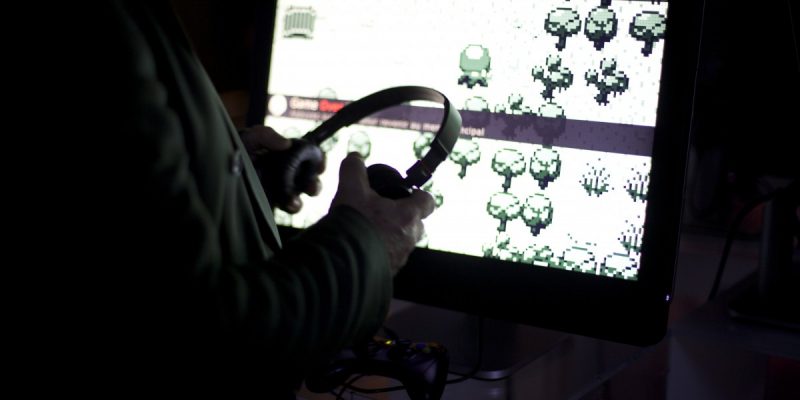
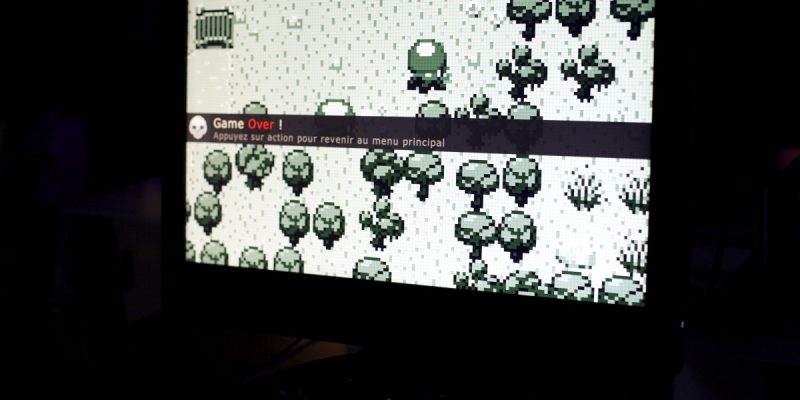
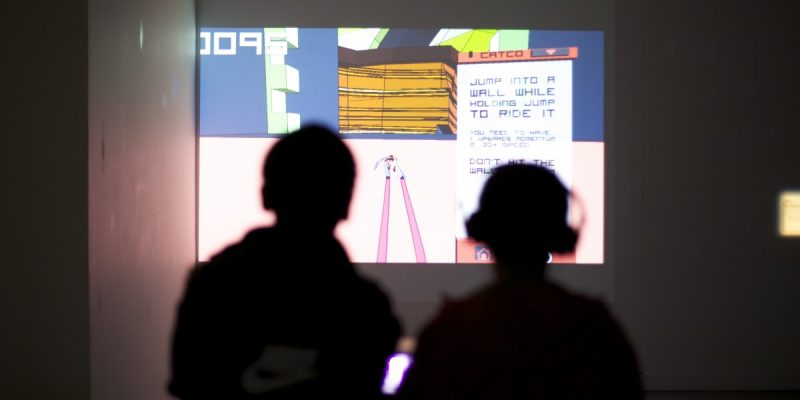
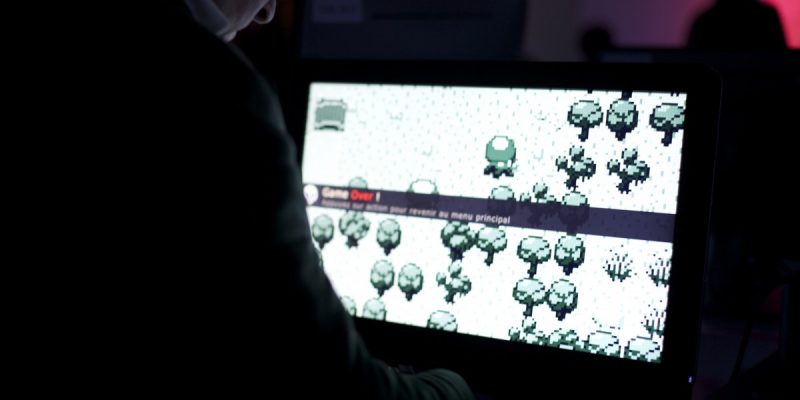
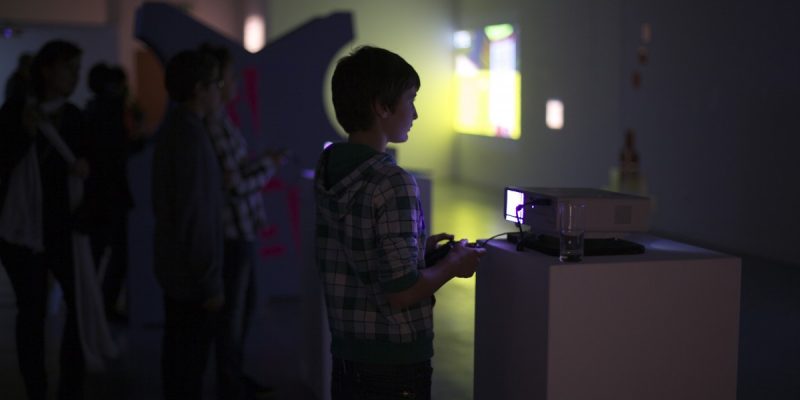
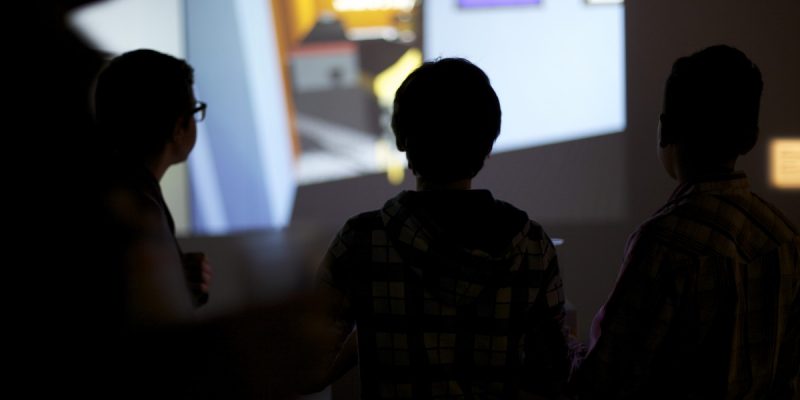
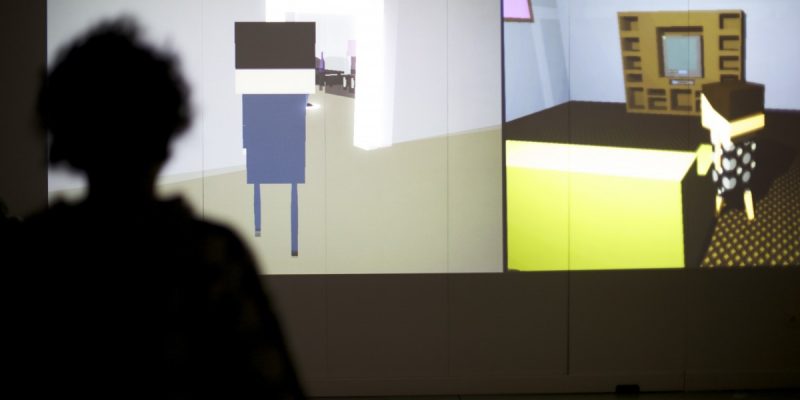
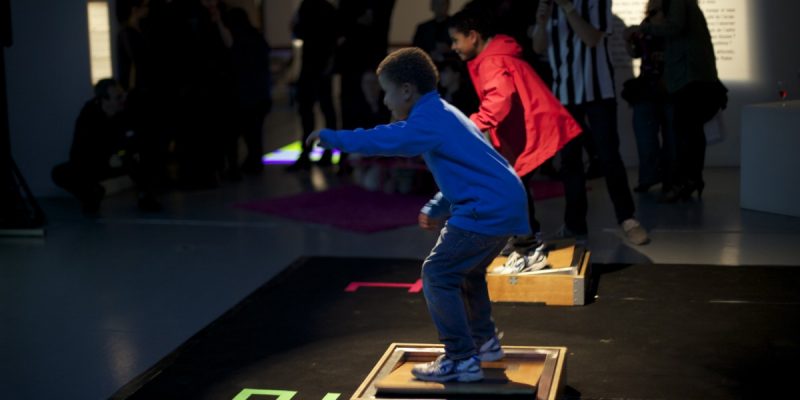
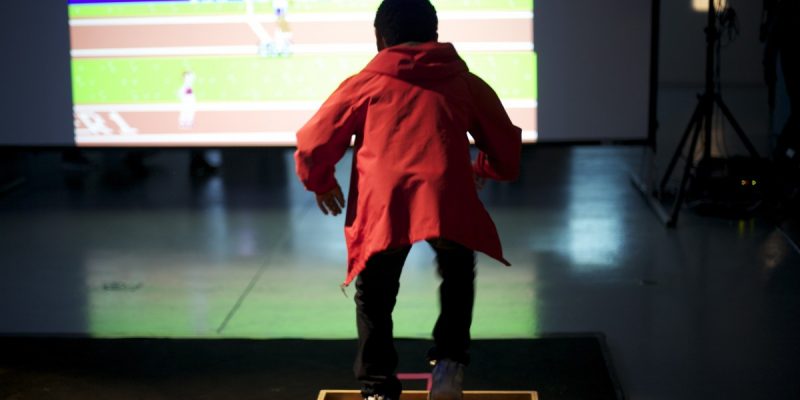
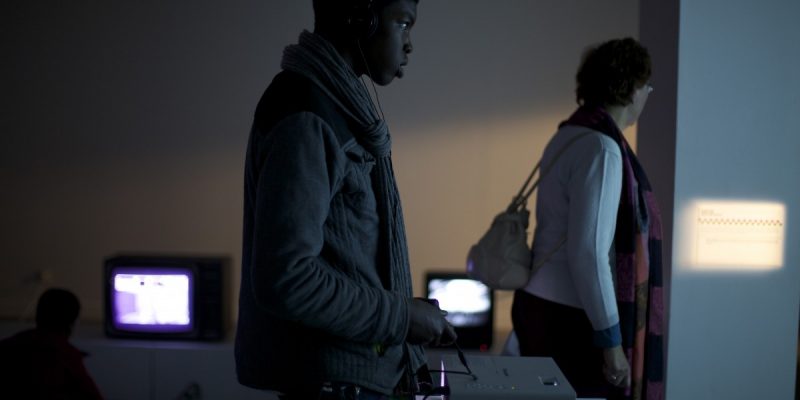
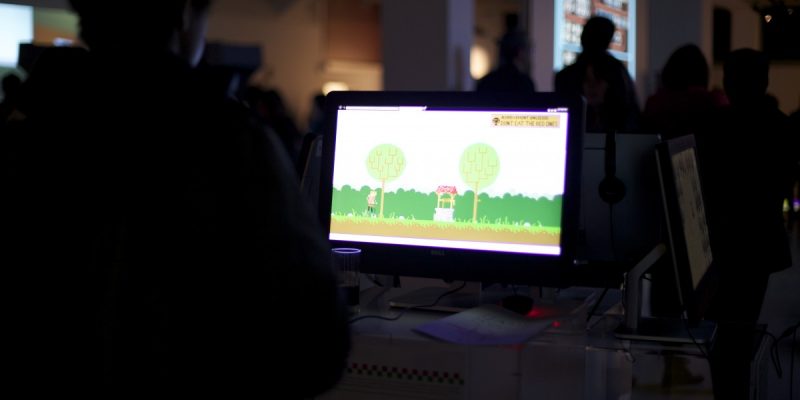
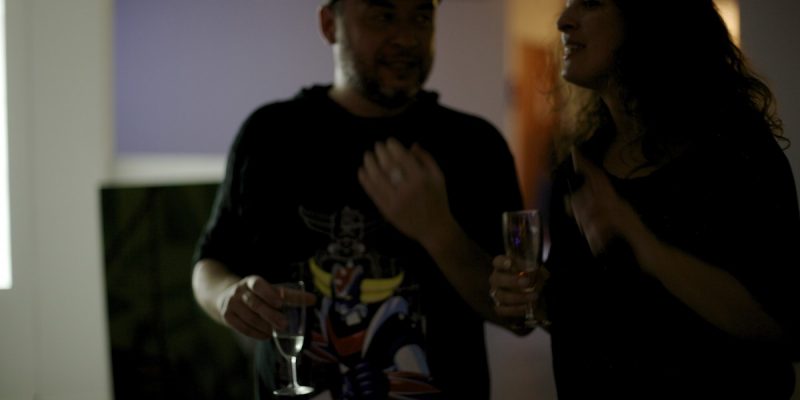
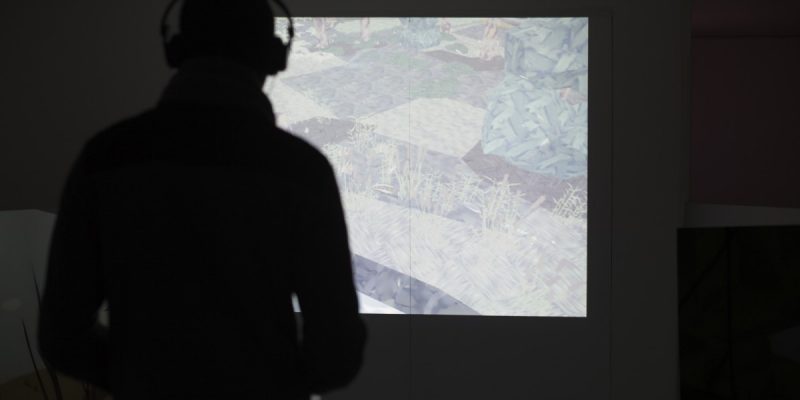
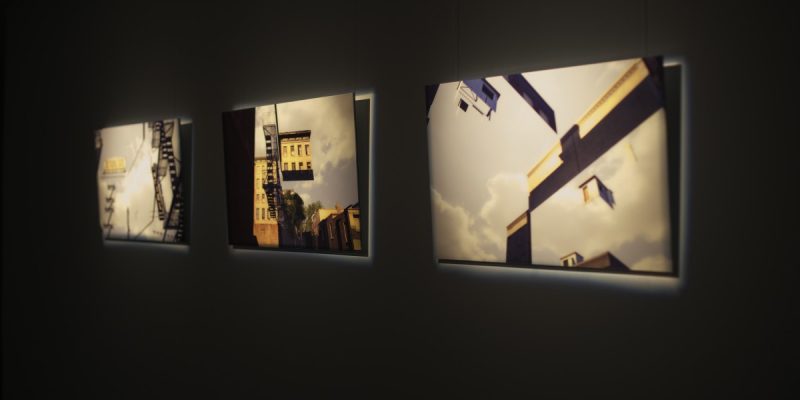
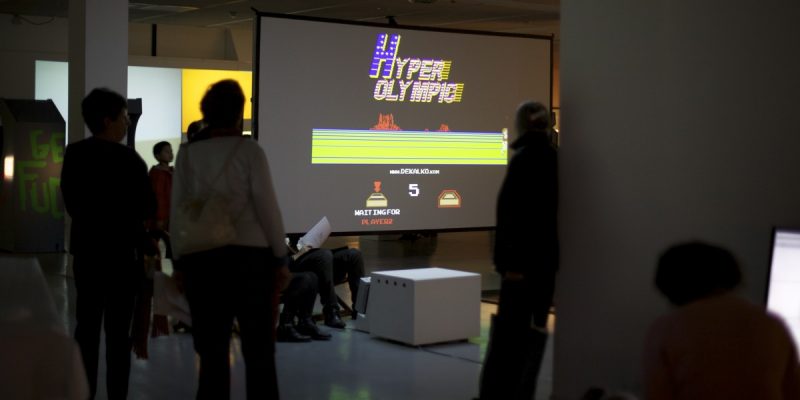
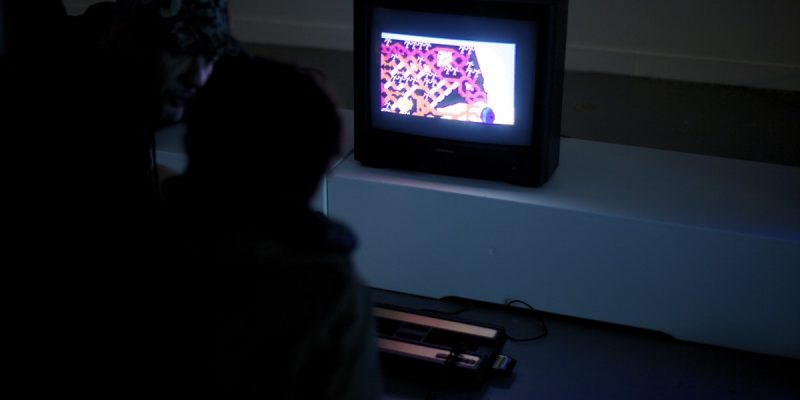
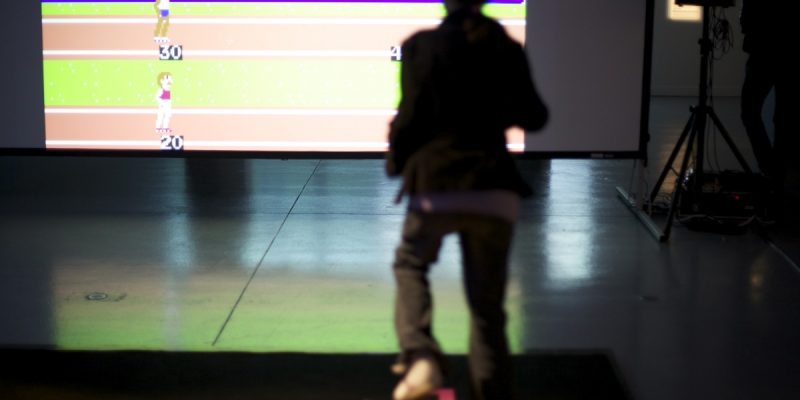
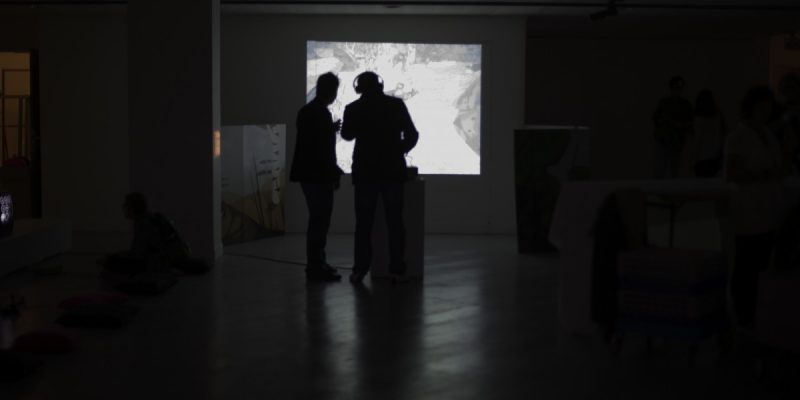
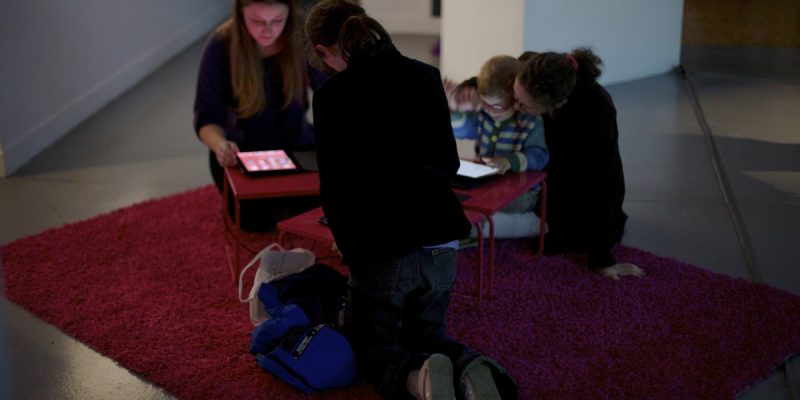
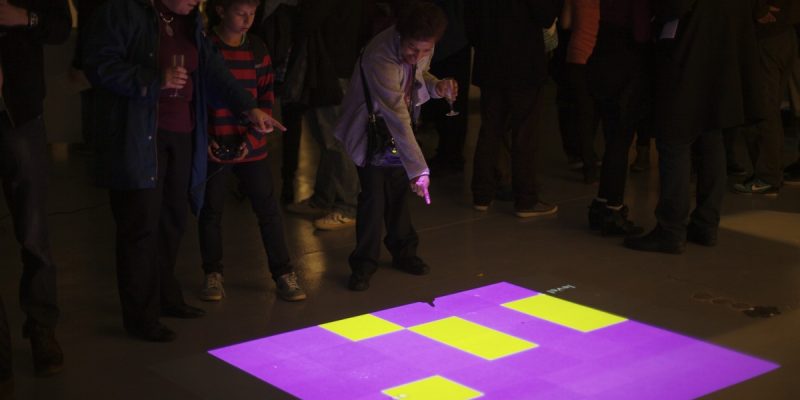
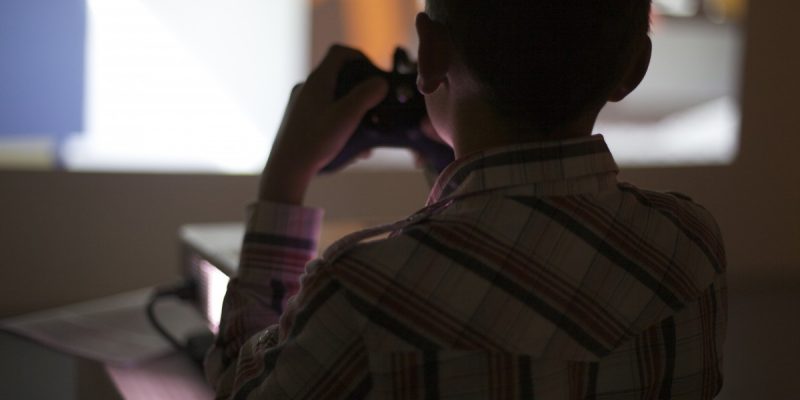
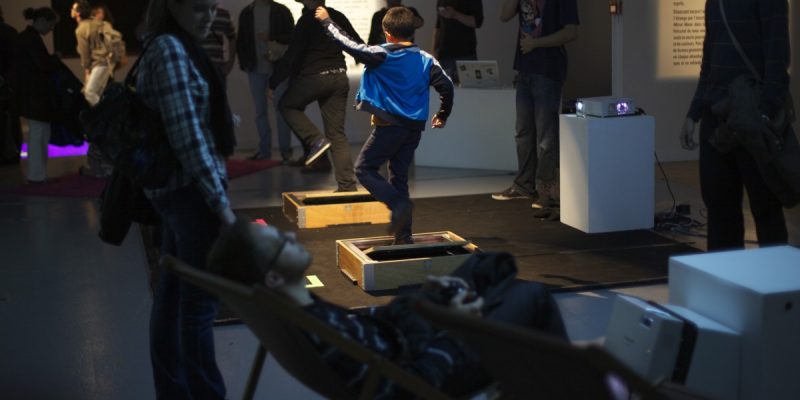
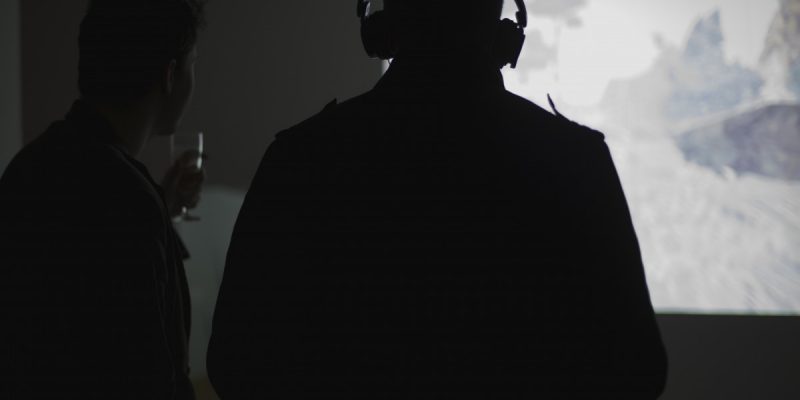
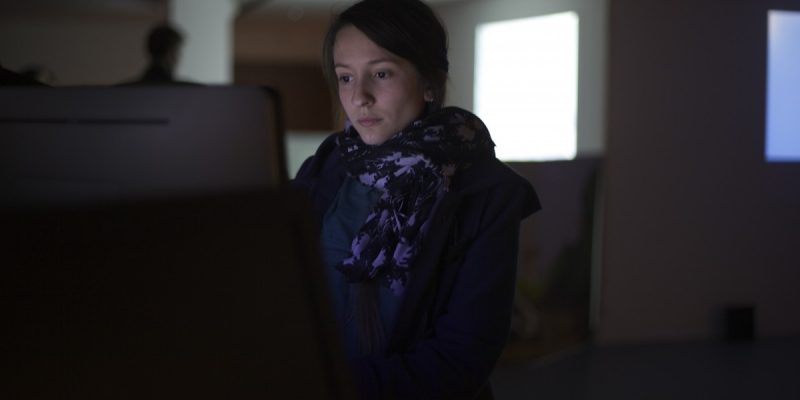
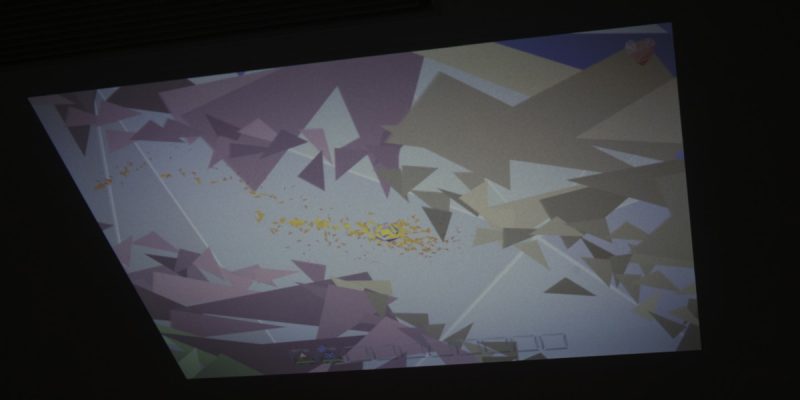
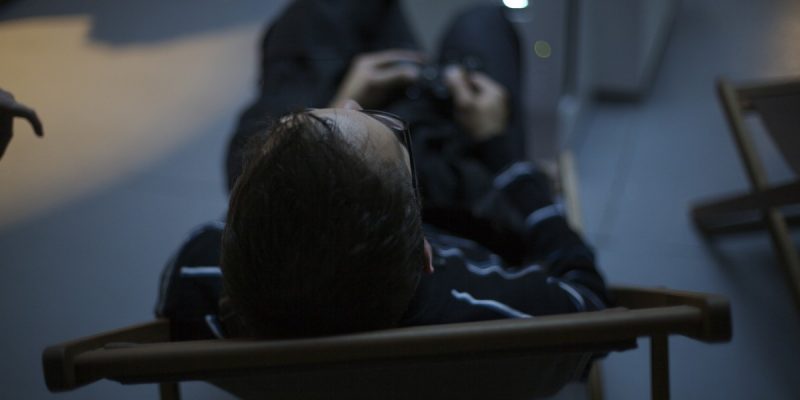
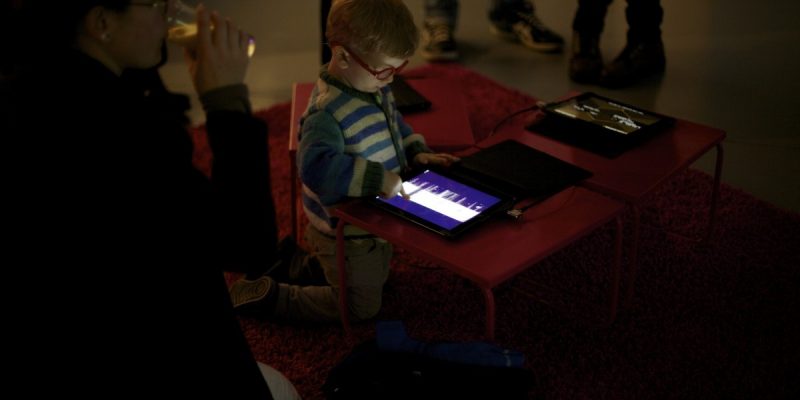
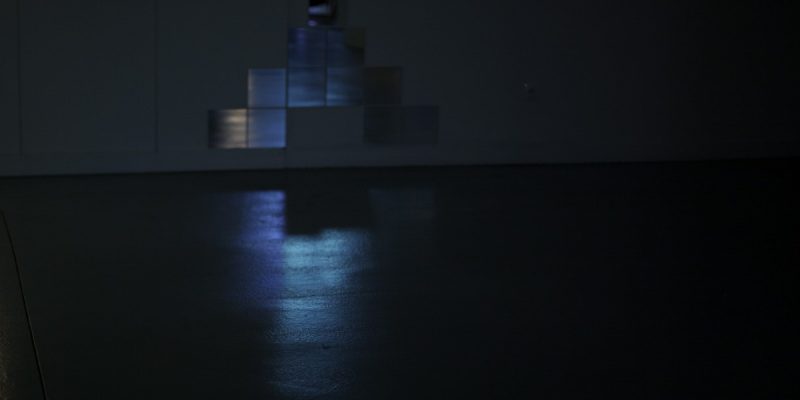
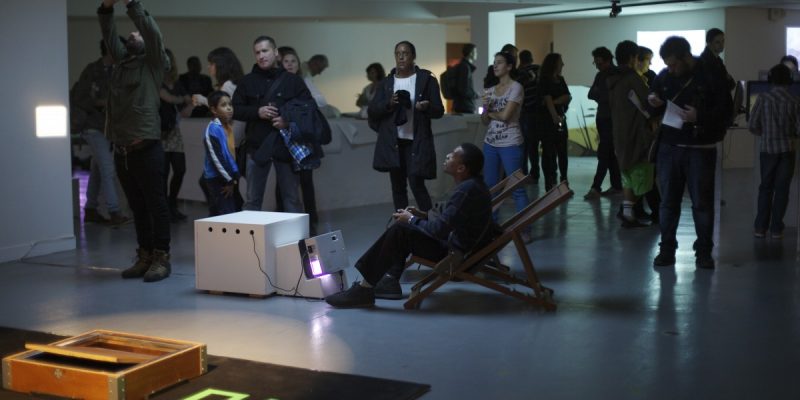
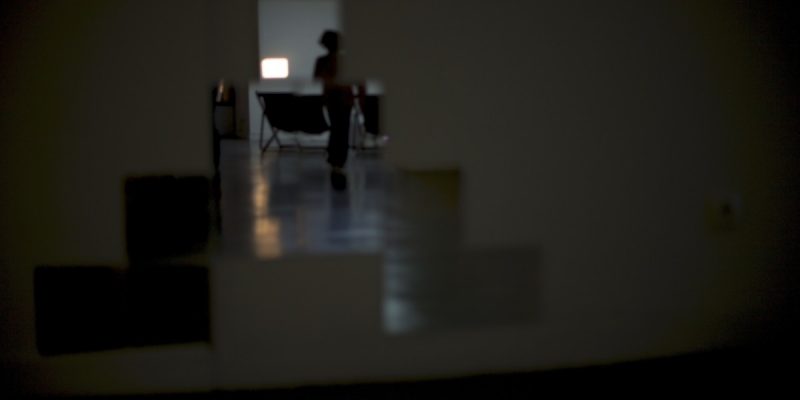
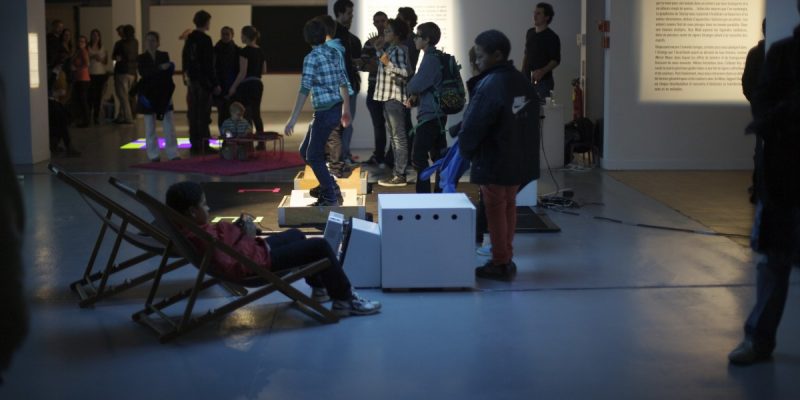
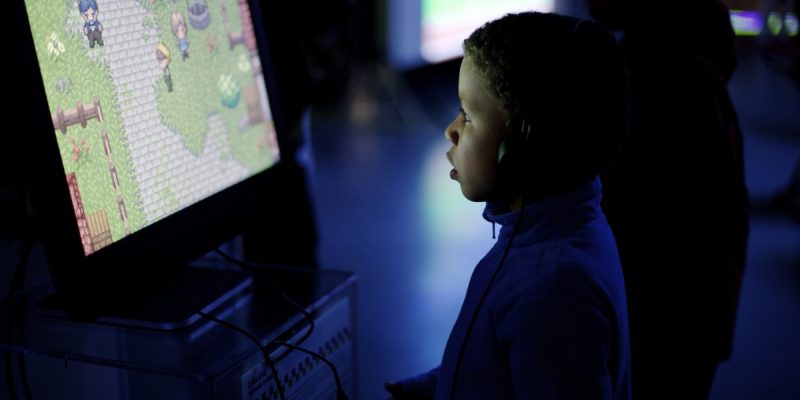
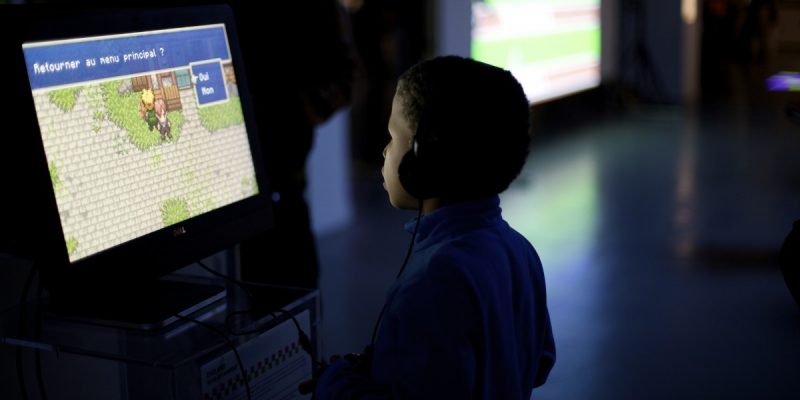
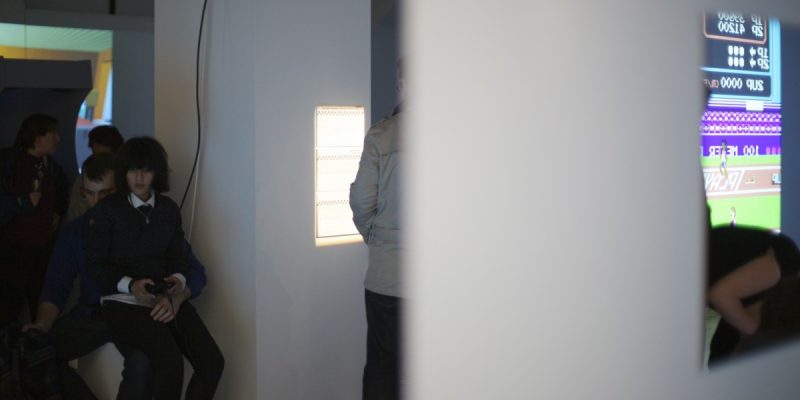
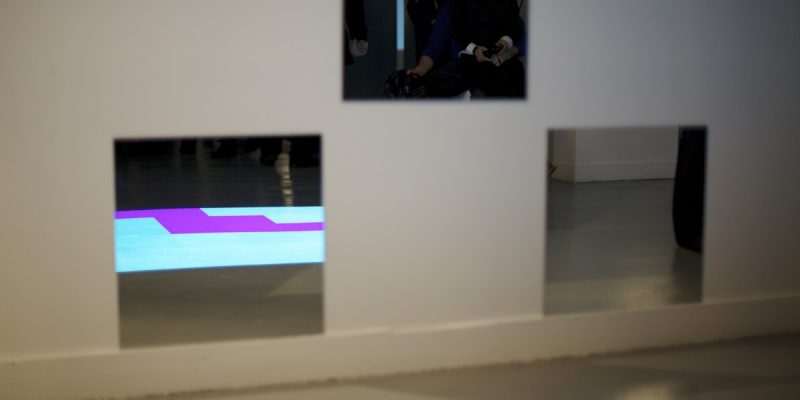
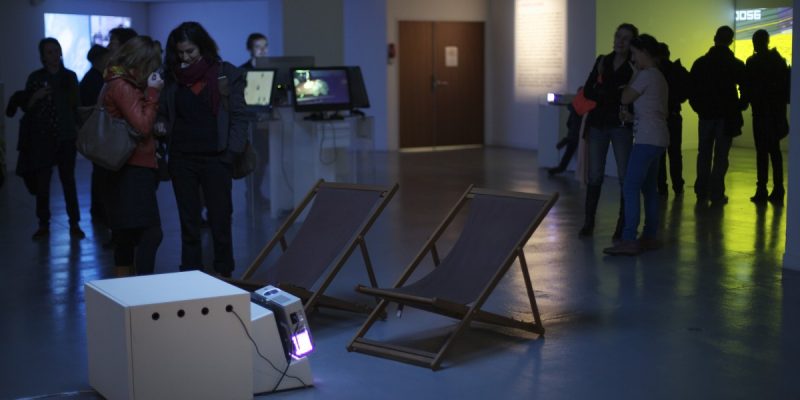
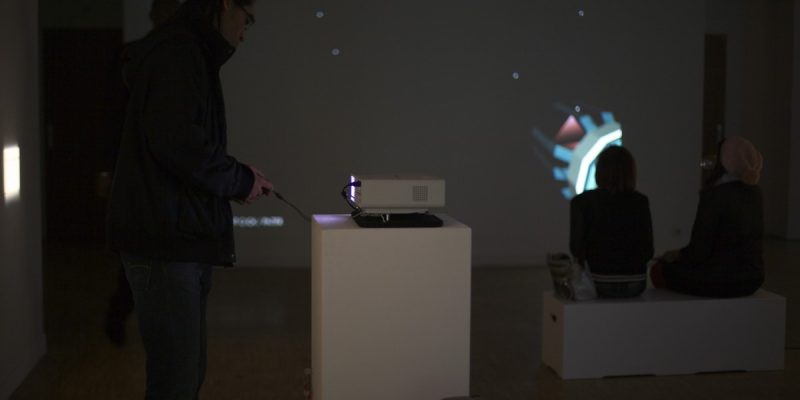
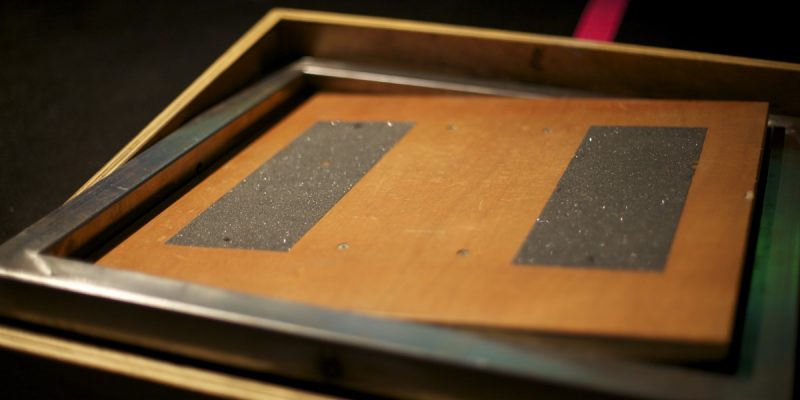
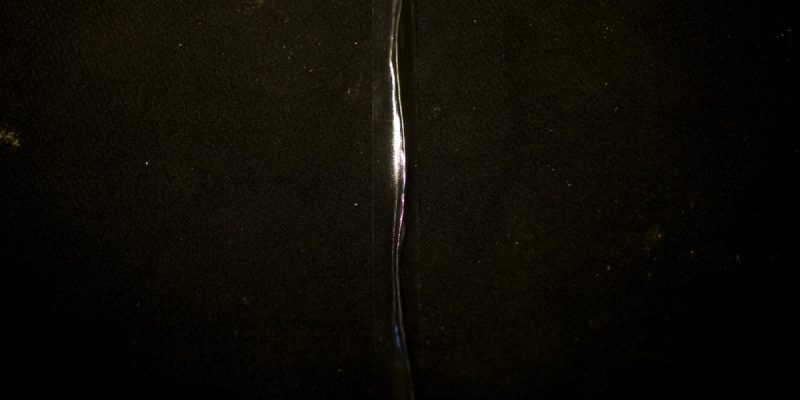
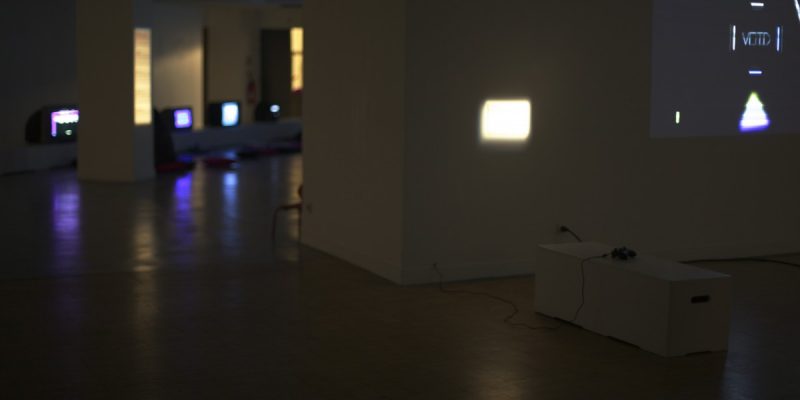
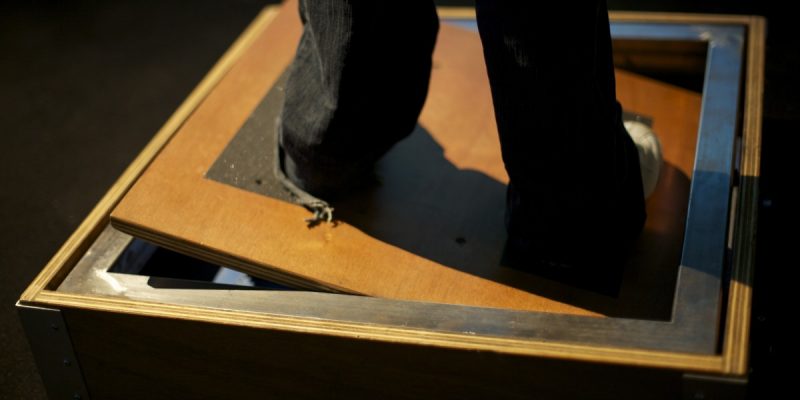
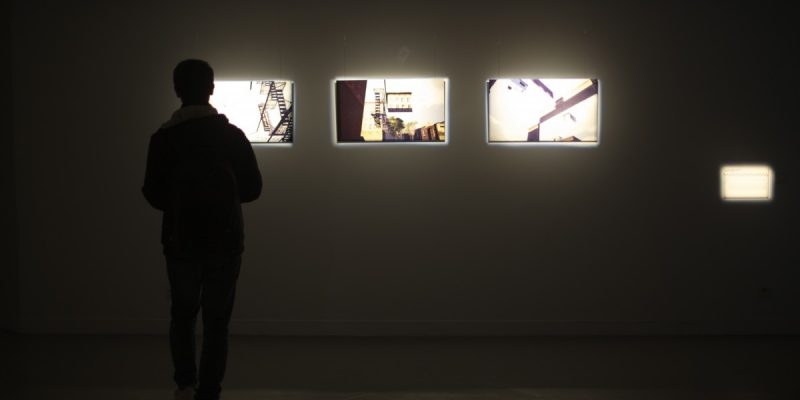
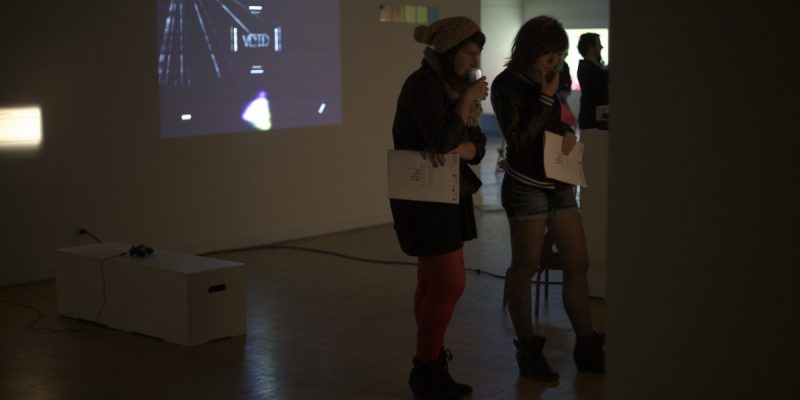
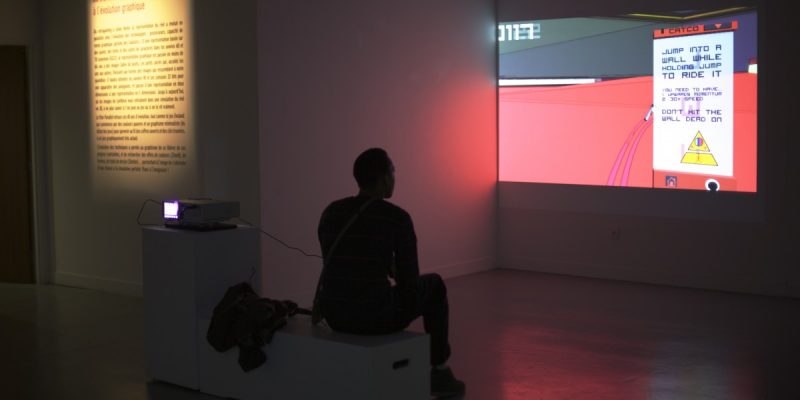
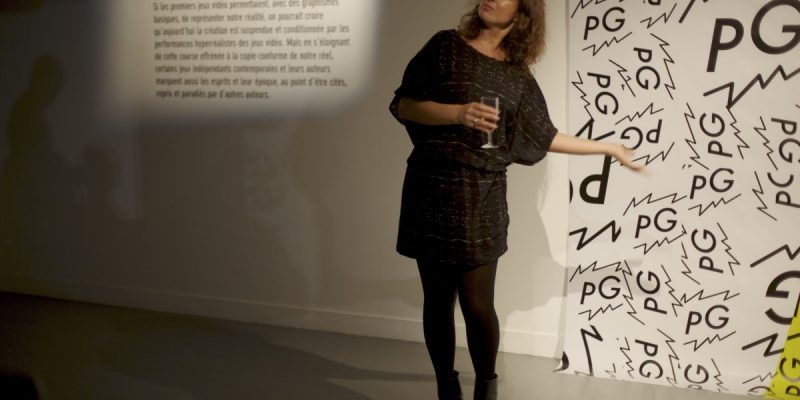
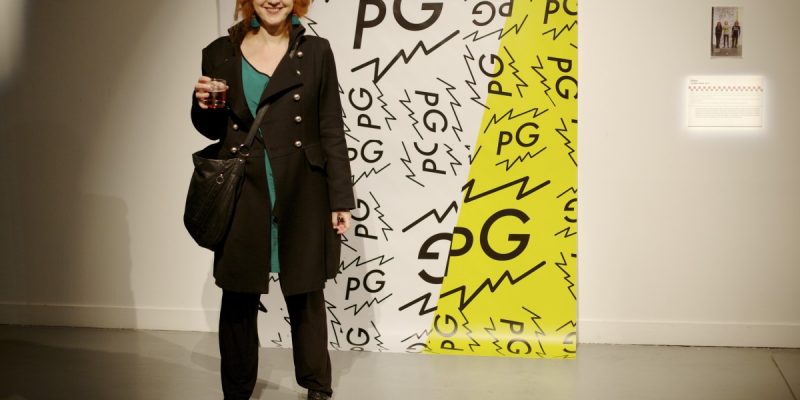
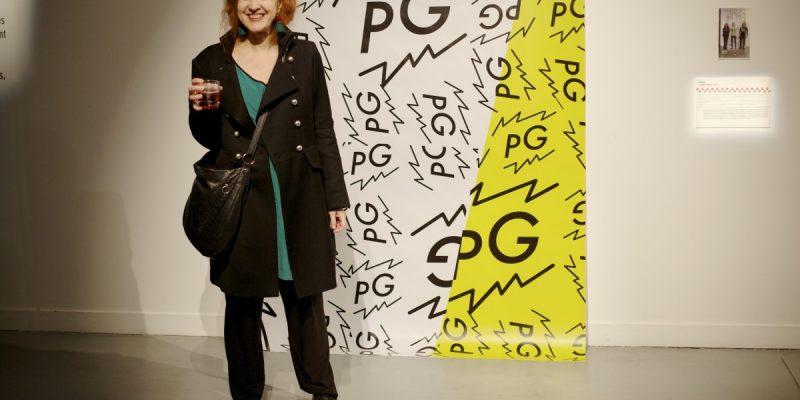
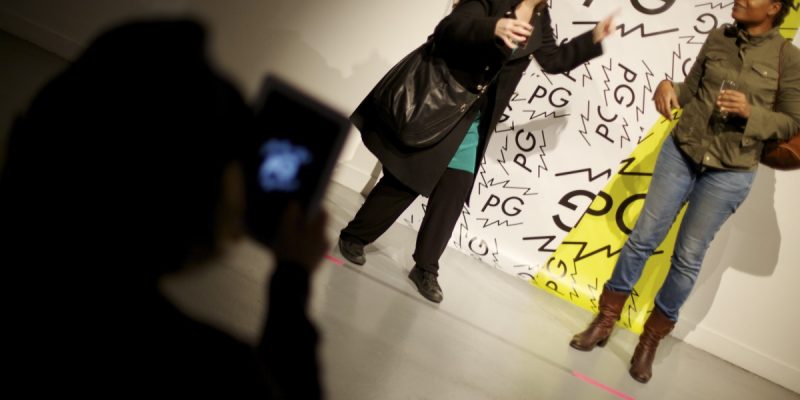
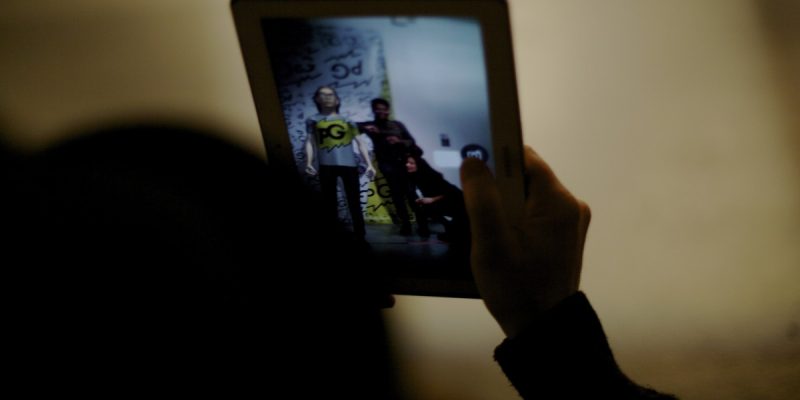
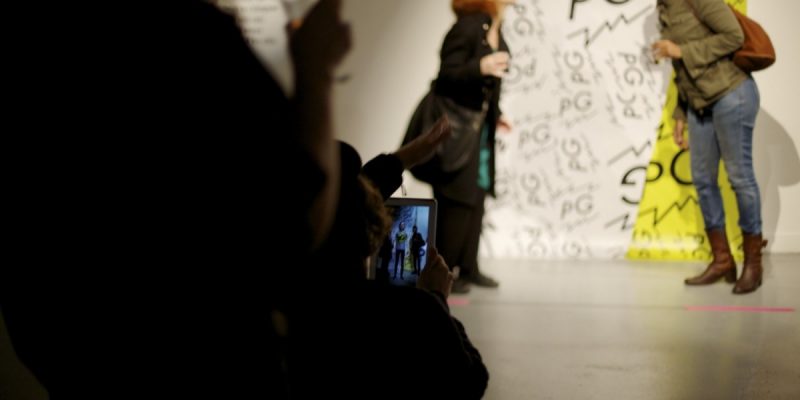
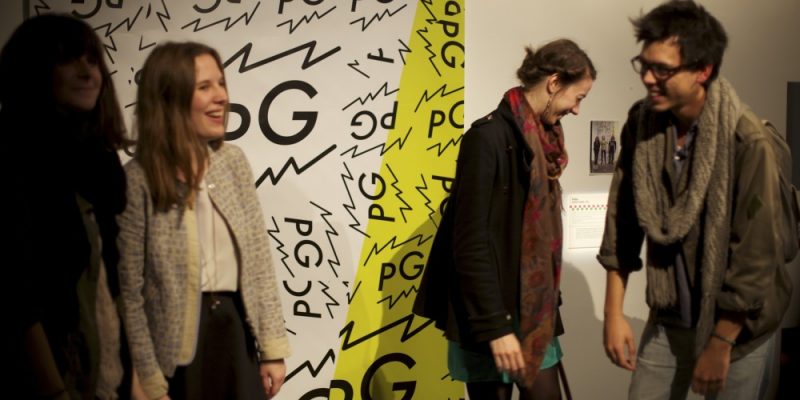

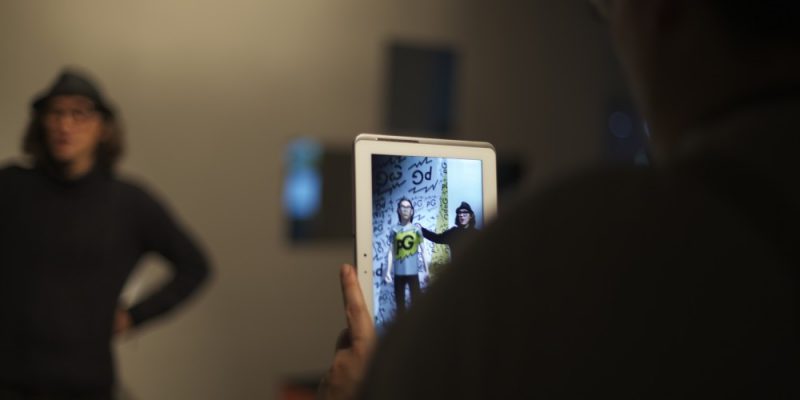
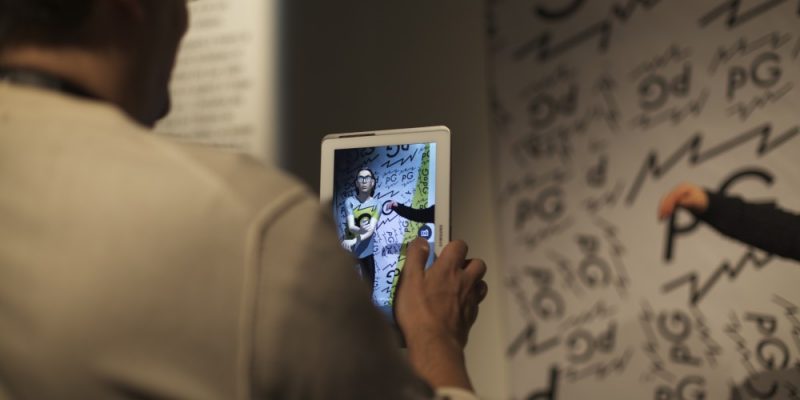
0 Comments
3 Pingbacks